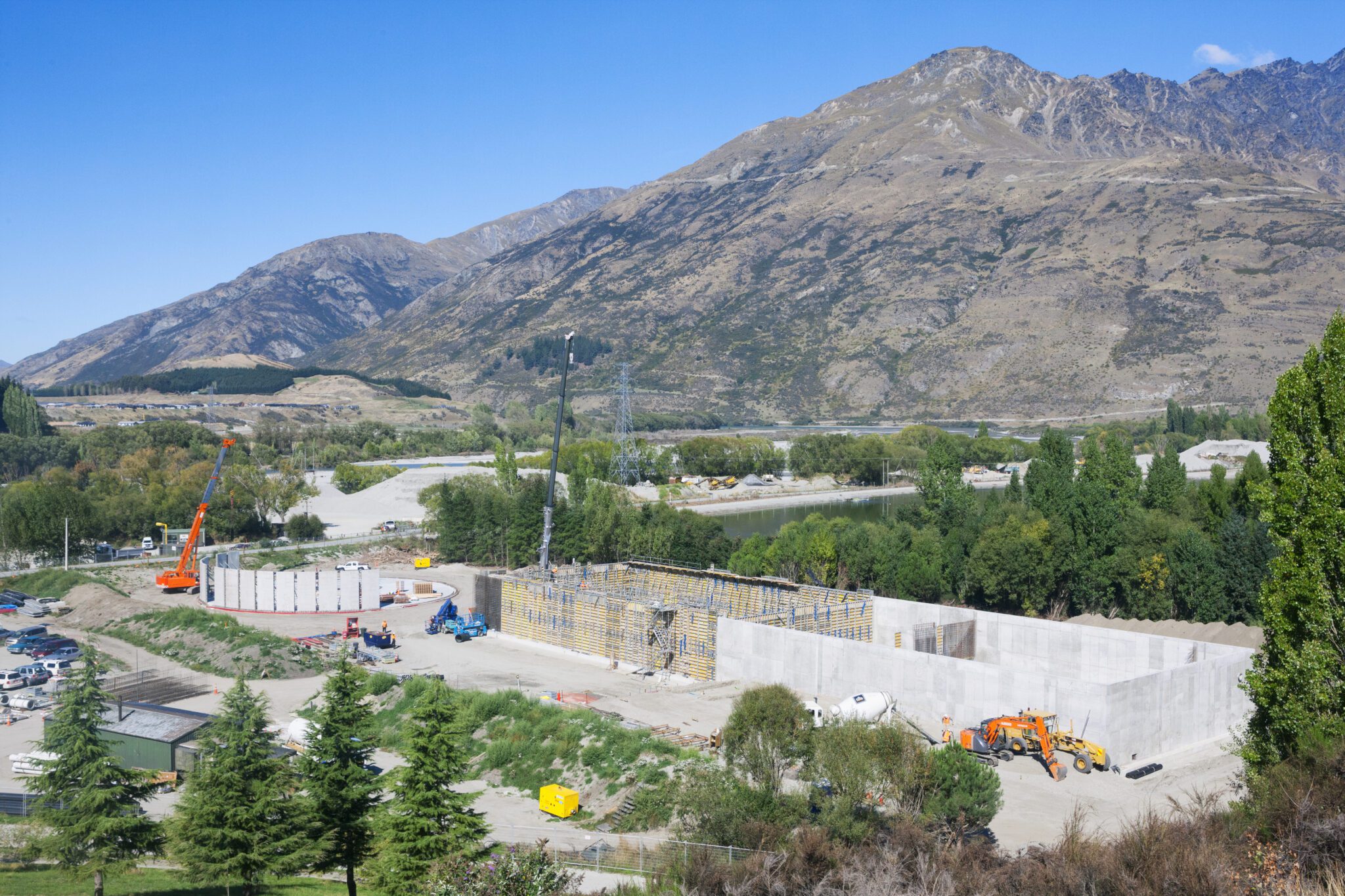After years of discussion and consultation, the first pieces of legislation to replace the Resource Management Act 1991 (RMA) have been introduced to Parliament. So, what do you need to know?
Not just one replacement
For thirty years, the RMA has governed everything about the management of New Zealand’s natural and physical resources, covering everything from broad national standards to resource consents for individual parcels of land. Replacing it will be three new pieces of legislation:
- Natural and Built Environment Act (NBA);
- Spatial Planning Act (SPA); and
- Climate Adaptation Act (CAA)
The NBA and the SPA (in Bill form) have now been introduced to Parliament. The CAA is expected to be introduced sometime next year. Public submissions on the NBA and the SPA close 30 January 2023.
What will these Acts cover?
The NBA will be the core piece of legislation replacing the RMA and will have the most day-to-day use. The NBA aims to protect and restore the environment while enabling development within environmental limits, through the National Planning Framework, Natural Built Environment Plans (NBE Plan) and resource consents.
The SPA will be focused on longer term integrated strategic planning. It will provide for the development of Regional Spatial Strategies (RSS), intended to set out a vision and objectives for a region’s development and change over a 30-year-plus time span. The RSS for each region will be developed by a regional planning committee, comprising representatives from local government, central government, and iwi, hapū, and Māori. There will not be a single prescribed process for public engagement on RSS development, instead regional planning committees will be able to develop tailored and innovative approaches that will work for their region.
The CAA will support the Government’s response to climate change, and will address how to plan for, fund, and finance managed retreat from areas which will be significantly affected by climate change. This Act is being developed in conjunction with the National Adaptation Plan, which was released earlier this year.
What are the main changes?
A shift in focus
A key change in the reform is the shift from managing adverse effects to promoting positive outcomes. The outcomes will not simply serve as matters to be considered in decision-making. Instead, they will guide national direction, strategies, and plans, which will in turn guide consideration of resource consent applications. Put another way, outcomes and limits will become “environmental bottom lines”.
Reduced planning documents
The NBA will consolidate planning documents into a single NBE plan for each region. This will reduce the number of planning documents nationally from around 100, to only 15, making it easier to understand the rules, and to ensure that decisions are made with consistency, and in accordance with the NBE plan. It is expected that this will significantly reduce the time taken to process consents, which will also reduce costs.
New consenting process
Significant changes are coming for the consenting process, including:
- there will be four categories of activity (down from the current six): permitted, controlled, discretionary and prohibited;
- the scope of the permitted activity category is broadened to enable NBE plans to permit activities with written approval and certification by a qualified person.
- Public involvement is to be greatly reduced. In particular:
- Consent authorities must disregard certain effects, including effects on scenic views from private properties, and any adverse effects arising from land being used for social housing;
- Notification rules will change, with a default that controlled activities are not notified, and discretionary activities are publicly notified (unless there is a contrary rule); and
- Notification decisions (when made, rather than a default applying as above) can be challenged in the Environment Court, rather than by Judicial Review to the High Court which is the current situation.
Goodbye to existing use rights?
The proposal section to the Natural and Built Environment Bill specifies that with respect to existing use rights there will be “additional flexibility to respond where there are poor environmental outcomes”. This appears to be a shift away from the protection that existing use rights currently provides. This aspect will be particularly important in how it interacts with indigenous biodiversity protection, as many farmers will be relying on the existing use rights provisions to continue with spraying and cultivation.
NBE Plans are empowered to make rules that will affect existing use rights and land use consents where there is harm to the natural environment or risks associated with natural hazards, climate change or contaminated land.
And goodbye to first-in, first-served as well
The Government noted that under the RMA, councils can adopt allocation plans for scarce resources such as water but haven’t, instead issuing consents on a first-come-first-served basis. The new system will require an “allocation plan” which takes into account fairness, efficiency and investments, while creating a process to access water for those currently unable to secure it. The intention is to “get the best economic return from water rather than it being allocated on a first come first served basis”.
Stronger compliance and enforcement provisions
A suite of changes are proposed, including:
- A prohibition of insurance to pay for fines;
- Ability for consent authorities to consider compliance history of an applicant when considering an application;
- Ability for regulators to apply to have a consent revoked;
- Recovery of costs for monitoring and investigations of permitted activities; and
- An increase in the maximum financial penalties from $300,000 to $1,000,000 (for natural persons) and 600,000 to 10,000,000 (for any other person e.g. companies).
How will it look in the interim?
The lead-in to new planning documents is expected to take some time, with the first new NBE Plan not expected until at least 2025, and it will be at least 2032 by the time we have complete national application of the NBA and the SPA. However, in the meantime, we can expect to see shorter duration consents, particularly for freshwater-related activities, so that these are up for review again shortly after the new NBE plans (and associated targets, allocation limits etc) are operative.
All freshwater consents issued under the RMA in the meantime will be subject to conditions that they must expire within three years of the relevant NBE being notified. Existing users will still be prioritised when replacing an existing consent.
What happens next?
The Environment Select Committee has called for submissions on both the NBA and the SPA with submissions closing 30 January 2023 – a very tight turnaround when the Christmas break is taken into account. This is the opportunity for everyone to have their say. Once the select committee has considered the submissions, it will release its report, which will include any changes that it recommends.
The Government has said that it intends to pass the legislation prior to the next year’s election.
If you have any questions about the new Bills, please contact Katherine Forward or Jamie Robinson in our Environment Law team.
Disclaimer: The content of this article is general in nature and not intended as a substitute for specific professional advice on any matter and should not be relied upon for that purpose.



